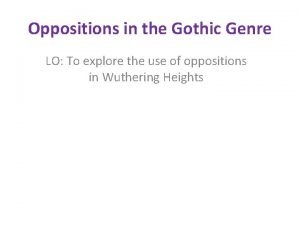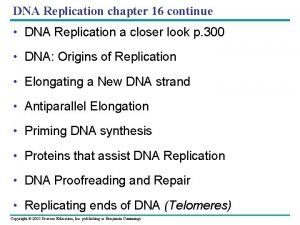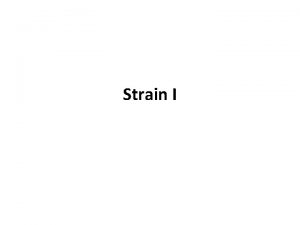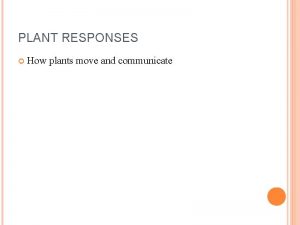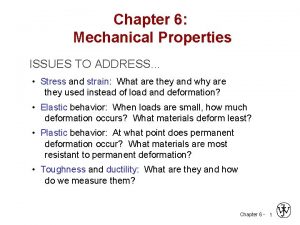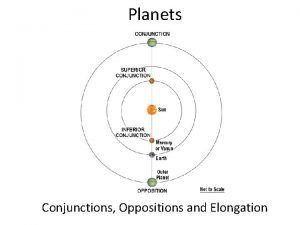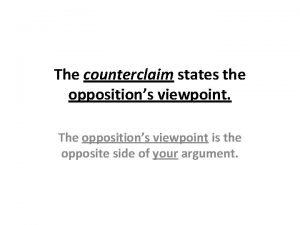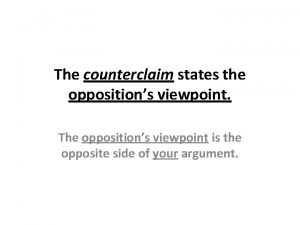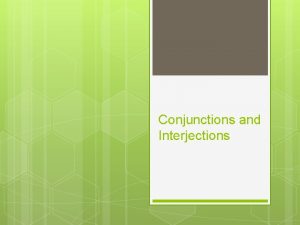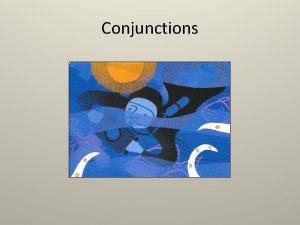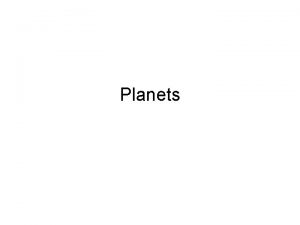Planets Conjunctions Oppositions and Elongation Planets without a















- Slides: 15

Planets Conjunctions, Oppositions and Elongation

Planets without a telescope look just like stars, except they “wander” the sky in relation to the more stationary stars.

Conjunctions and Oppositions In a Conjunction the celestial objects appear near each other in the sky.

Conjunction of Venus (left) and Jupiter (bottom), with the nearby crescent Moon, seen from São Paulo, Brazil, on 1 December 2008

In an Opposition the objects appear in opposite directions; for example, here is Mars in opposition from the Sun. (It is also the closest to Earth in its orbit. )


Superior Planets orbit farther from the Sun than does Earth. They can be in conjunction or opposition. They are in conjunction when they are on the opposite side of the Sun from Earth, OR if they appear to be together in the same part of the sky.


They are in Opposition when the Earth is between the Superior Planet and the Sun. It is then that they are nearest to the Earth, and thus appear at their brightest.


Inferior Planets Mercury and Venus are inferior planets, meaning that they orbit closer to the Sun than Earth. (How many inferior planets are there? ) Inferior Planets can have two different kinds of Conjunctions with the Sun.

An Inferior Conjunction occurs when the planet is between the Earth and the Sun. This is when the planet is closest to the Earth, and at its brightest. A Superior Conjunction is when the planet is directly on the other side of the Sun.

Elongation The elongation of a planet is its distance from the sun in degrees Superior planets can have any elongation from 0 to 180° Inferior planets cannot. The maximum elongation of Venus is 46° The maximum elongation of Mercury is 28°

Morning and Evening Stars Sometimes an inferior planet will rise and set before the Sun. You can only see it in the morning before Sunrise … A “morning star. ” At other times it will rise and set later than the Sun. It can then be seen only in the evening for a short time after sunset. . . … An “evening star. ”

Synodic Period The Synodic Period of a planet is the time between two oppositions or conjunctions of the same type. This is NOT the same as the planet’s year… Because the Earth is moving too!
 Oppositions reader
Oppositions reader What separates the inner planets and outer planets
What separates the inner planets and outer planets What separates the inner planets and outer planets
What separates the inner planets and outer planets Inner terrestrial planets
Inner terrestrial planets The first four outer planets do not have solid
The first four outer planets do not have solid Why are jovian planets bigger than terrestrial
Why are jovian planets bigger than terrestrial Double exposure artifact
Double exposure artifact The replication bubble and antiparallel elongation
The replication bubble and antiparallel elongation Quadratic elongation formula
Quadratic elongation formula Strain offset method
Strain offset method Sepal structure
Sepal structure Elongation plant
Elongation plant Elongation of plants
Elongation of plants Engineering stress
Engineering stress Elongation of rebar
Elongation of rebar Ductility in percent elongation
Ductility in percent elongation
